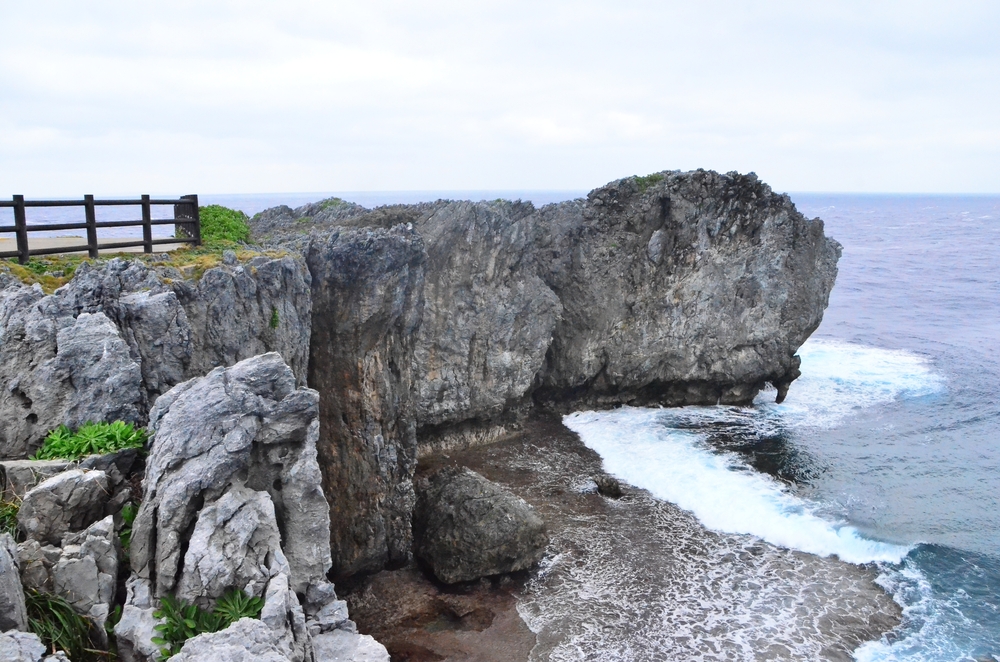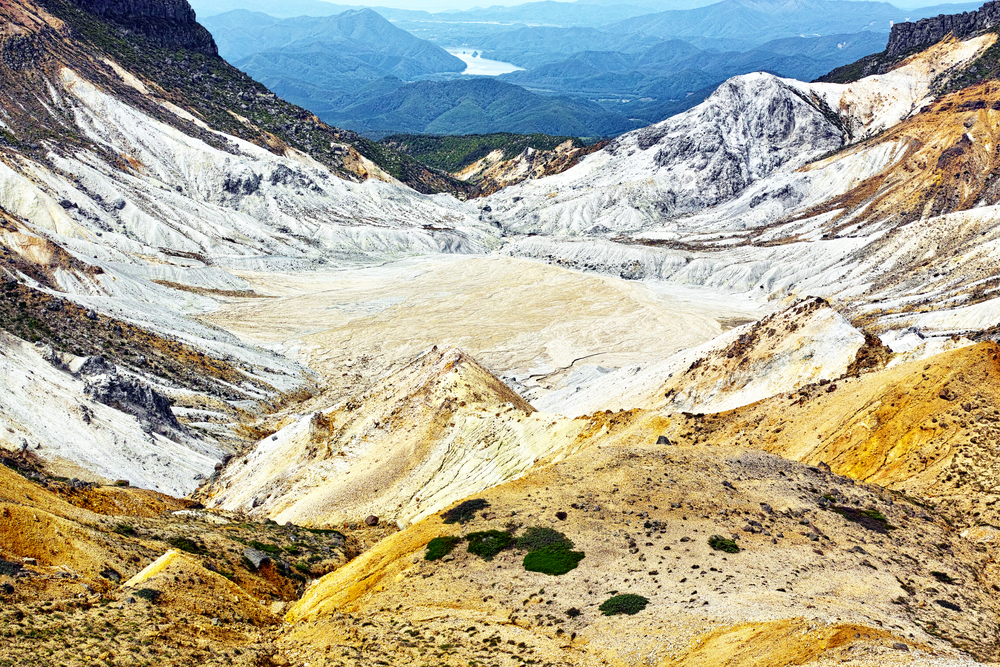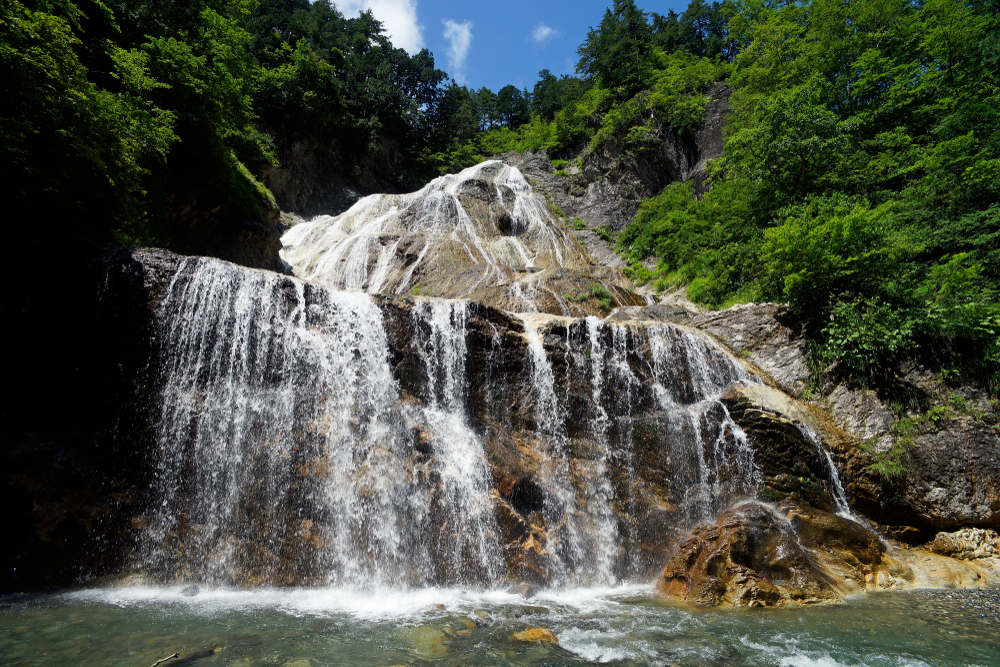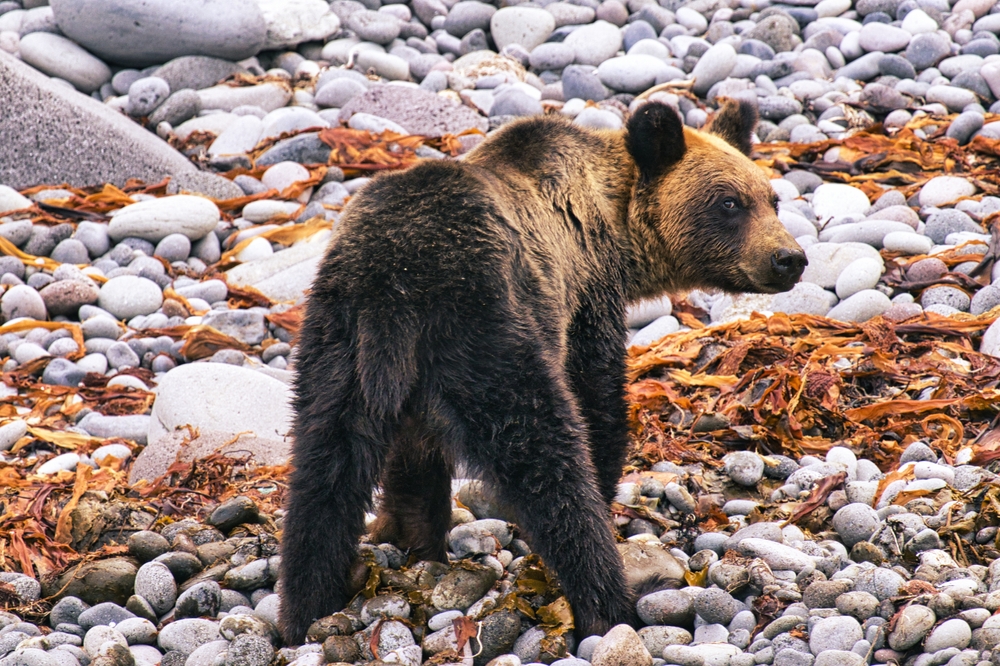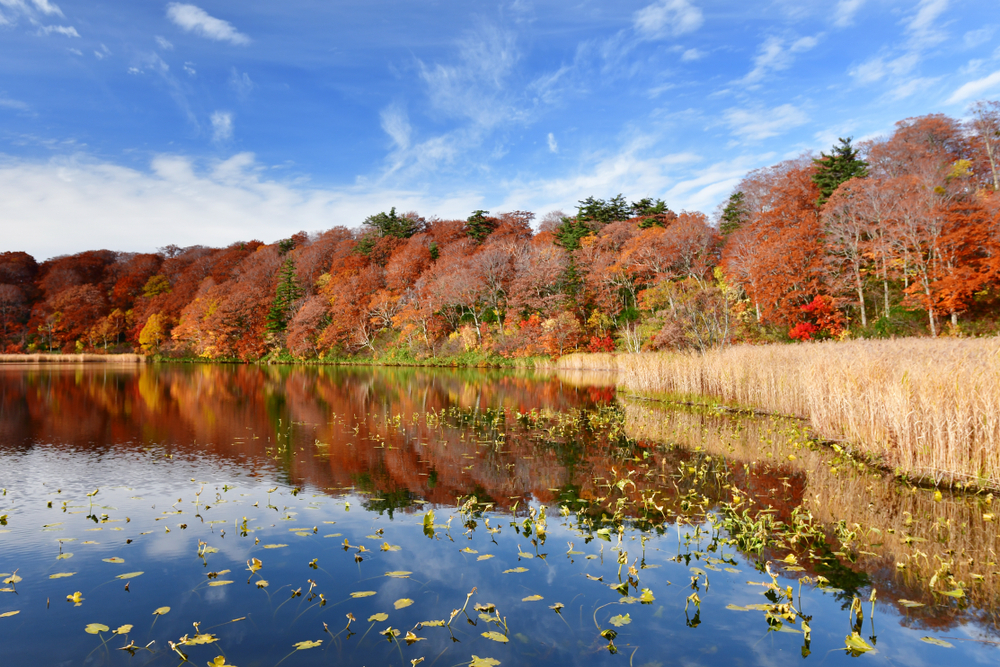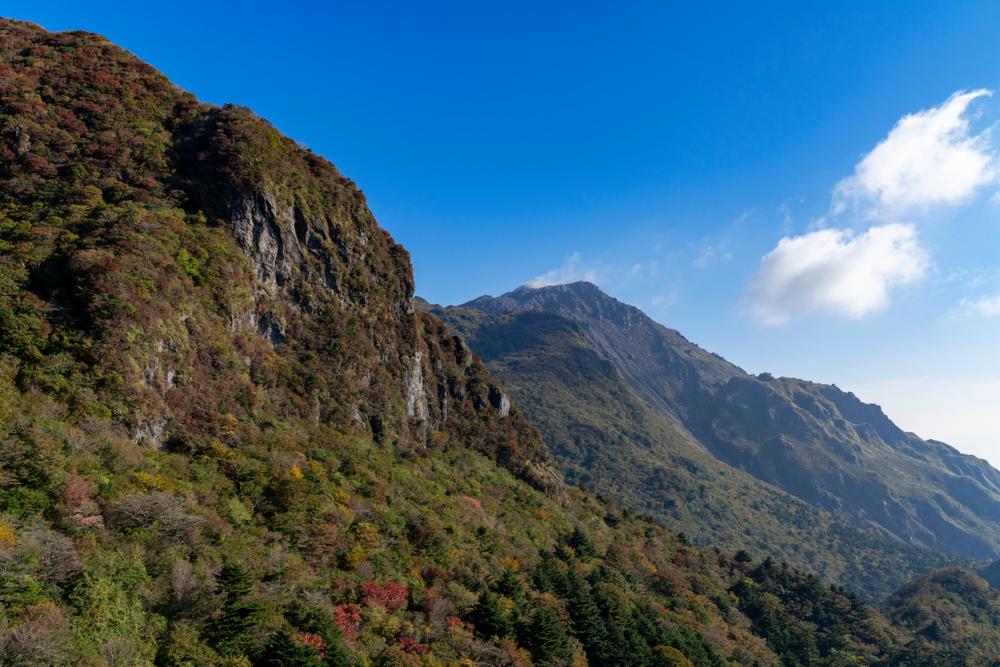Yambaru Overview
Yambaru National Park, known locally as Yanbaru Kokuritsu Kōen (やんばる国立公園), is a breathtaking expanse of wilderness located on the northern part of Okinawa Island in Japan. Covering an area of approximately 54.29 square miles (140.63 square kilometers), this park is a haven for biodiversity and is one of Japan’s newest national parks, established in 2016. Nestled in the subtropical region, Yambaru boasts lush landscapes, dense forests, and a rich array of flora and fauna, making it a treasured gem for nature enthusiasts and conservationists alike.
The park’s terrain is characterized by rolling hills, steep river valleys, and thick evergreen forests. Among its striking features are the Kunigami Forests, an area blanketed with native vegetation such as chinquapin trees, camphor laurels, and a variety of ferns. The forest’s dense canopy creates an enchanting atmosphere, with shafts of sunlight breaking through the foliage to illuminate the undergrowth. Rivers such as the Genka and Hiji wind their way through the park, and the Hiji Waterfall, a 26-meter (85-foot) cascade, serves as one of the park’s most iconic landmarks. Yambaru is also home to coastal mangroves and wetlands, further enhancing the diversity of its ecosystems.
Wildlife is abundant in Yambaru National Park, with several species found nowhere else in the world. The Okinawa rail, or Yanbaru kuina, is a rare, flightless bird that symbolizes the park’s ecological significance. Birdwatchers may also spot the Ryukyu robin, Ryukyu scops owl, and various migratory birds. Mammals include the elusive Ryukyu long-haired rat and Ryukyu flying fox, both of which thrive in the dense forest. Reptiles such as the Kuroiwa’s ground gecko add to the park’s unique biodiversity. In the waterways and surrounding wetlands, visitors can encounter diverse amphibians and freshwater fish.
Popular highlights of Yambaru National Park include the Hiji Waterfall Trail, a well-maintained hiking path leading visitors through the verdant forest to the stunning cascade. Eco-tours and guided birdwatching expeditions provide an immersive experience for those eager to learn about the park’s natural treasures. The mangrove kayaking tours offer an exciting way to explore the coastal areas and observe marine and birdlife. Camping enthusiasts can enjoy serene nights under the star-filled skies in designated areas.
Yambaru National Park faces ongoing conservation challenges, including the threat of invasive species, habitat loss, and climate change. However, concerted efforts have led to significant successes in protecting its unique ecosystems. The park’s management actively collaborates with local communities to implement sustainable practices and promote awareness of conservation needs. For instance, the establishment of wildlife protection zones has been instrumental in safeguarding endangered species like the Okinawa rail. The park also plays a pivotal role in preserving Okinawa’s cultural heritage, with traditional knowledge and practices often integrated into its conservation strategies.








































































